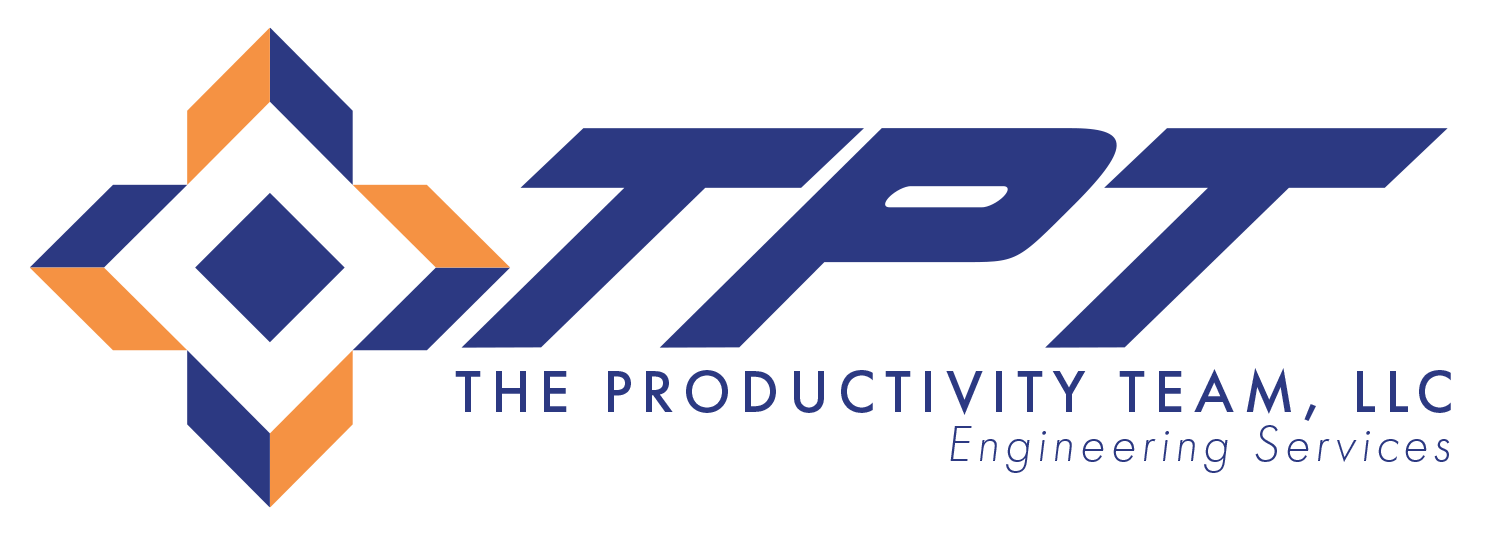Six Sigma is a set of techniques and management tools designed to improve quality and make business processes more efficient. It does this using statistics instead of relying on guesswork or intuition. Engineers at Motorola proposed the Six Sigma model in the 1980s.
What does Six Sigma mean?
In statistics, the Greek letter Sigma (σ) denotes standard deviation (SD). SD is a measure of the amount of variability in the data. It tells us whether the data points are spread out or clustered together.
SD is also an indicator of how far a data point is from the average (or mean). Suppose you manufacture ball bearings with a radius of 2.5 mm. Then, you want the average radius (of all the ball bearings your factory makes) to be as close to 2.5 mm, and the variation as minuscule as possible.
A Six Sigma process results in less than 3.4 defects in a million opportunities. If you want zero defects, you must be at infinity sigma!
What are the Six Sigma principles?
Six Sigma aims to achieve customer satisfaction by producing defect-free goods and services. It achieves this goal by following some fundamental principles:
Customer Focus: Understand your customer and provide the level of service they expect.
Be Data Driven: Collect and analyze data to understand problem areas and find their root cause.
Improve Continuously: by streamlining your functions and removing bottlenecks and variations.
Involve people: A team with cross-functional expertise and specialized training in Six Sigma processes is very effective.
Be flexible and responsive: You must welcome change because that makes you stronger and more competitive.
Six Sigma methodologies
There are two Six Sigma methodologies – DMAIC (which is used to improve an existing process) and DFSS (used to create a new process). Let’s look at both.
DMAIC
DMAIC is a statistically driven methodology for business process improvement. Companies use DMAIC when an existing process is not meeting customer expectations. A DMAIC project follows these steps:
Define the project goals and requirements (what you want to achieve).
Measure the current performance using tools like Pareto charts.
Analyze the root cause of why the customer’s expectations are not being met.
Improve the process by eliminating the problems’ root causes.
Control: Add controls to the improved process to prevent regression, monitor it, and mistake-proof the process.
DFSS
Companies use DFSS (or Design for Six Sigma) when developing a new product or process. The steps in DFSS are not as well defined as in DMAIC but depend on the organization. Some variations are DMADV, DMADOV, IDOV, and DCCDI. But, at the minimum, the following steps are involved:
Define: why the project is being done.
Measure: Understand the customer’s needs and translate them into measurable design requirements.
Analyze: Capture the customer’s needs as measurable functional requirements.
Design: Make a detailed design of the solution using tools like DOE (Design of Experiments) and FMEA (Failure Modes and Effects Analysis).
Six Sigma practitioners
Six Sigma projects are carried out by people trained and certified in the methodology. The certification levels range from White Belt (beginner) to Master Black Belt (expert). There are certifying organizations (like Purdue University or Project Management Academy), or your own company. The course content varies as there is no unifying authority.
Lean Six Sigma
The Lean Six Sigma approach combines the Lean philosophy with Six Sigma methods to standardize work while reducing waste and defects.
The Benefits of Six Sigma
Six Sigma can help reduce waste and defects and increase the value a business provides its customers. This results in better products, happier customers, increased revenue, and higher compensation. Thus, Six Sigma benefits employers, employees, and customers. Contact the Productivity Team today for more questions about six sigma!
Contact Us to Learn More About TPT
TPT is the leading provider of facility planning and engineering services. Contact us today to speak with one of our planning and engineering specialists.
